Did you ever think about rope and survival in the same sentence or scenario?
Well, if you didn’t, you should from now on because one of THE essential items in any respectable survival kit or bug out bag is a strong, solid piece of rope. What kind of rope should you use, though?
To tell you the truth folks, the old-school rope used by our ancestors to drag stones, tie up vindictive wives and hang total strangers is almost obsolete; paracord is the new kid on the block for good reason but we’ll get to that in a minute.
 Now, if you were wondering about what type of rope you should buy, and why, for your BOB or your emergency survival kit (because there are lots of choices on the market, believe me), this article is about to enlighten you.
Now, if you were wondering about what type of rope you should buy, and why, for your BOB or your emergency survival kit (because there are lots of choices on the market, believe me), this article is about to enlighten you.Let’s start with the most common types of outdoor/survival ropes commercially available and later in the article we’ll concentrate on the best choice. You’ve probably already guessed which we think is best but let’s play it by the book and give you your options so you can decide for yourself.
The twisted rope aka laid rope looks like a spiral and it’s usually made of three strands (polypropylene wire most of the time) twisted together, hence the name. This is not the strongest nor the best rope design out there but nevertheless, it has its uses – it’s impervious to water and it also sinks, unlike many others types of rope – and it’s dirt cheap.
Definitely not a good choice for a survival rope, though. It rots quickly and isn’t agile. Also, it’s bulky and the individual strands aren’t that useful alone. In this case, you get what you pay for but it’s better than nothing in a pinch.
Braided ropes are built by weaving fiber strands and come in 2 types: hollow and double braided. This kind of rope is very popular in marine applications but for survival, we would stay away from this beast. Braided ropes rot quickly, they stretch and they don’t unbraid well. They are fairly strong when new, though.
Climbing ropes (the modern versions) feature a cool design, just like parachute cord, called the kernmantle design.
This fancy word comes from the German kern which means core and mantel which translates into jacket.
Basically, you have an inner core made of separate strands (this means strength beyond strength) and an outer jacket that’s resistant to abrasion, making the rope durable and tear resistant.
This kind of rope stretches very little under stress and it’s capable of supporting heavy loads without breaking. It’s much bulkier than paracord though.
Guyline cords are pretty obviously not the droids you’re looking for, since they’re very different from regular survival 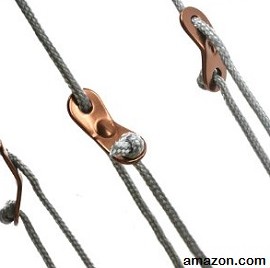 ropes and they’re not able to do the job, not by a long shot.
ropes and they’re not able to do the job, not by a long shot.
Even if they are pretty handy when it comes to replacing or lengthening a tent/tarp guyline, we don’t recommend them because they’re not much good for anything else.
Bungee cord is also known as a shock cord and it’s an elastic type of “rope” which consists of one or more elastic strands (the core) and an outer sheath made of propylene or woven cotton.
Bungee cords are extremely handy if you’re trying to lash things together so if you have room, it isn’t a bad item to toss in. It’s not a good choice for use as your primary rope, though. They’re too stretchy, you can’t really unravel them to use the separate cords, and they rot fairly quickly in the elements. Also, they’re usually extremely short – only 3 feet long at most.
Sisal is a natural fiber and it’s basically a plant (Agave sisalana, hence the name), which is very popular for its stiff fibers that are used for making rope, cordage, rugs and similar items.
There are people who actually use sisal rope for all sorts of things because it costs next to nothing and it copes well with salt water. Not my first choice for a survival rope because it’s coarse and relatively bulky.
Baling twine is a thinner type of the previous sisal rope, as it comes in a smaller diameter and it’s widely used for tying up hay bales and what not (it has ~350 pounds of
breaking strength and that’s not bad at all for such a cheap rope).
Even if it’s fairly cheap and strong, this is definitely not a valid choice when it comes to survival. It’s not particularly agile, i has a fairly limited usage, you can’t use the fibers separately and it’s bulky.
A tow strap is not actually a rope but it works as one, being used for towing cars, boats and stuff like that.
Even if it’s “born hard”, this is not actually survival rope per se, but you should have one in your car at all times regardless because if you’re stuck, it’s absolutely the best at it it’s intended purpose: towing.
The Paracord
Last but not least (actually my first choice when it comes to survival ropes) is the rock-star of the bunch, the parachute cord, also known as paracord.
Paracord, along with duct tape, equates to the difference between meat eaters and vegetarians in the modern survival world – it’s all-inclusive. Because I’m a perfectionist who likes the best of the best when it comes to gear (affordable gear that is, I’m not a billionaire), I strongly suggest paracord as THE survival rope you should have in your prepping paraphernalia.
Paracord is basically a fancy name for parachute cord (because that’s what paracord really is, an acronym). It’s the latest and the greatest in rope technology, and I’m being very serious about this issue.
For the moment, let’s forget about technicalities and call it simply survival rope. The survival part derives from the rope’s main role, i.e. one versatile piece of gear that comes handy in hundreds of survival situations. Actually, you can use this rope in so many scenarios that it’s an exercise in futility trying to memorize or enumerate all the potential situations in which you’d require such a thing.
The 550 Paracord is the rope that the military has been using since World War 2. It has since it proved itself in battle and in emergency situations many times over. It became largely used by both military and civilians in the 21st century.
Paracord is made of lightweight nylon using the kernmantle technology (as I described it before, a strong inner core and a tear resistant sheath – a cool German design that offers high strength, resilience and flexibility) and 550 comes from its official rated strength.
 Now, if you want the best of the best and not cheap “Made in China” knock-offs, you should choose MIL-C-5040 Type III paracord; that’s the real deal. You’ll find cheaper 550 paracord out there, marketed alongside the mil-spec or military grade but stay away from these because they’re cheap knock-offs and they’ll fail you when SHTF.
Now, if you want the best of the best and not cheap “Made in China” knock-offs, you should choose MIL-C-5040 Type III paracord; that’s the real deal. You’ll find cheaper 550 paracord out there, marketed alongside the mil-spec or military grade but stay away from these because they’re cheap knock-offs and they’ll fail you when SHTF.
Authentic 550 paracord has a core built of 7-9 strands intertwined in pairs of two (sometimes three) which makes for fourteen (or 21/27) strands in total. The outer sheet (or the mantle) is built of braided nylon. I must emphasize this again: the 550 paracord is really great and you’ll thank me if you ever have to use it in a real survival situation.
One of paracord’s main attributes besides its awesome strength is that it weighs next to nothing and that’s huge factor when you have to carry lots of gear with you. Also, it dries quickly and doesn’t rot/mildew when wet. You can buy high quality paracord for as little as $12.99/100’, which is enough for regular use. It’s made in USA and is available on Amazon and various other online retailers.
Survival rope has so many uses that you can write a book just by enumerating them alphabetically; actually it all comes down to one’s creativity and imagination.
But the essential uses for paracord as a survival rope can be (briefly) summarized as follows:
- Fishing
- Building traps/snares
- Boot laces
- Flossing
- Climbing/hiking
- Sewing thread
- Building shelter
- Tying down a tarp
- Holding gear together
- Securing items on top of your car
- Repairing torn/broken equipment
- Making a tourniquet
- Tying things to your backpack
- Trip wires
- Rigging a pulley system for lifting heavy gear
- Building a ladder
- Improvising a hammock
- Building a raft
- Making a sling/catapult
- As a bow drill for starting a fire
- Building a stretcher (run paracord between two solid sticks)
- Sewing up an open wound (using the internal core/strands)
As you can see, the uses are practically endless for paracord. You can use the rope whole or you can un-twine them to use each strand separately depending upon your needs. This is a vital piece of gear that should be included in all BOBs and packs, even in the kids’.
CLICK HERE to find out more about packing your BOB to survive in the wild.
This article has been written by Chris Black for Survivopedia.
About Chris Black
Chris Black is a born and bred survivalist. He used to work as a contractor for an intelligence service but now he is retired and living off the grid, as humanly possible. An internet addict and a gun enthusiast, a libertarian with a soft spot for the bill of rights and the Constitution, a free market idealist, he doesn’t seem very well adjusted for the modern world. You can send Chris a message at chris.black [at] survivopedia.com.

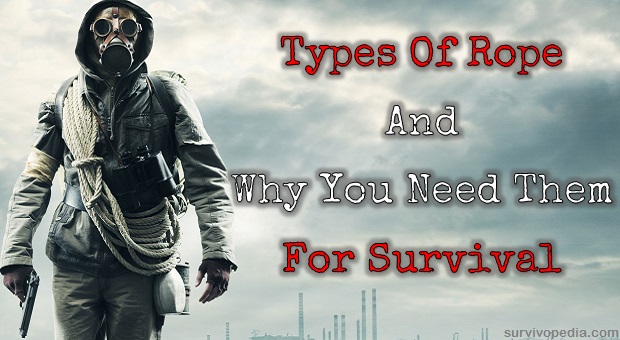


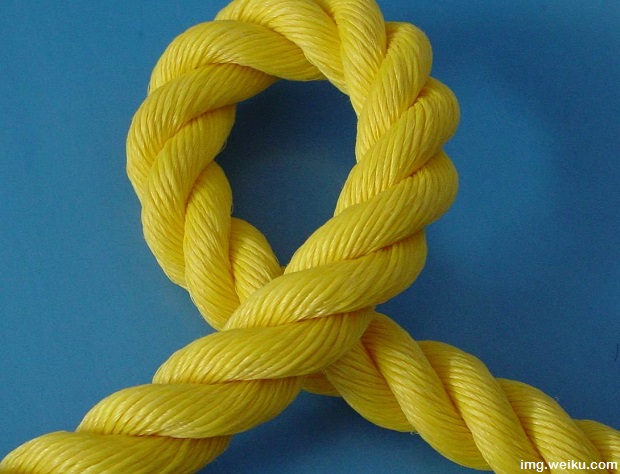
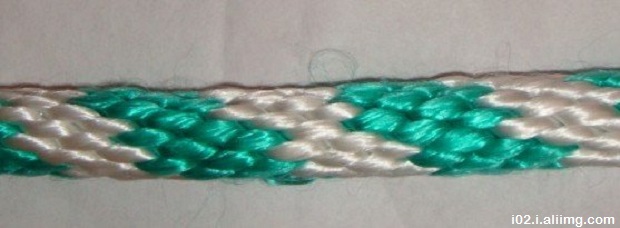
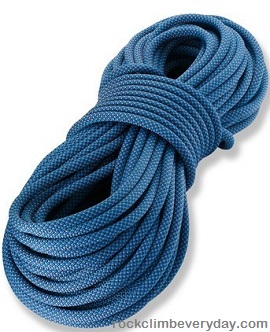

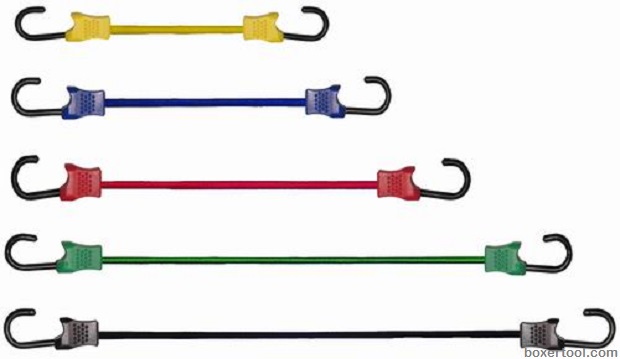
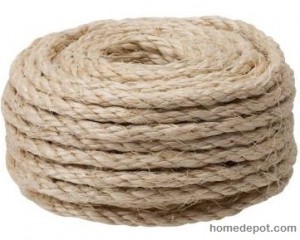
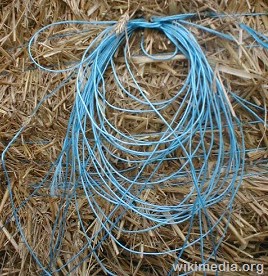
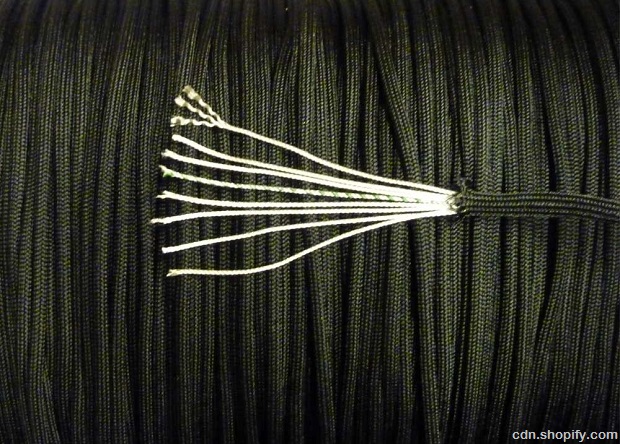
I’ve been using Rothco Paracord for over 30 years and wouldn’t consider leaving home without it. I keep a 25 foot hank in my EDC bag and at least three 100 foot hanks in my Go-Bag. As you listed above, it has endless uses for everyday needs to the zombie apocalypse. Whereas no manufacturer will tell you to use it for rappelling, if one were to braid three or more lengths together, you now have a very strong rope capable of any mountain climbing chore.
Is this guy trying to say that climbing rope doesn’t stretch?
This is a great list of important ropes to carry for certain situations. You mentioned tow ropes here and I just wanted to add that they can save you a lot of hassle on certain trips. You never know when the weather will get bad and trap your vehicle. All you need is a good tug to get out, most often!